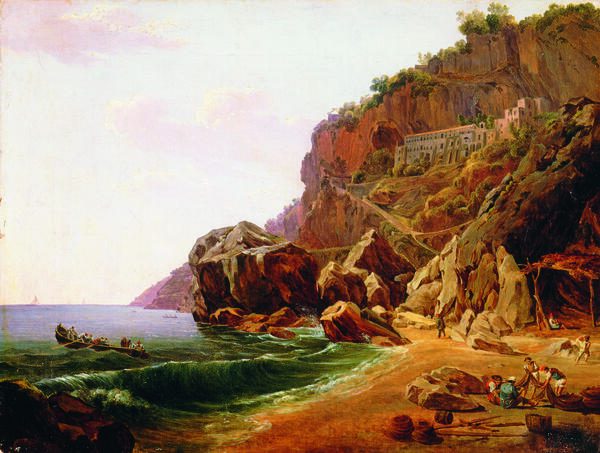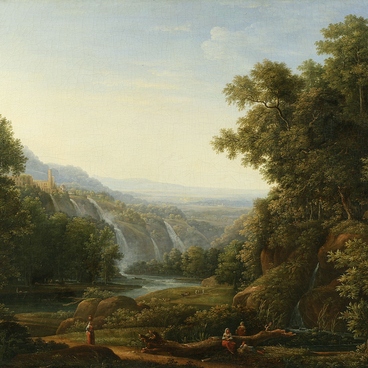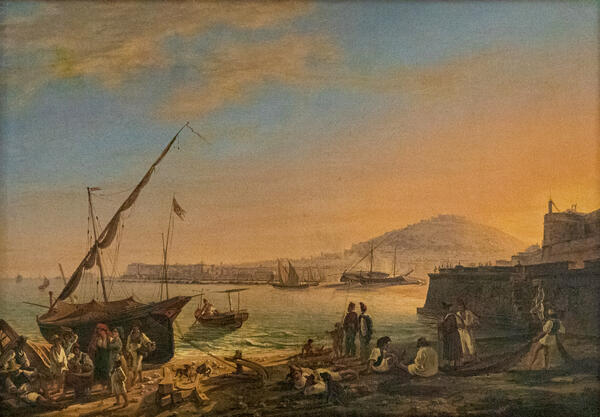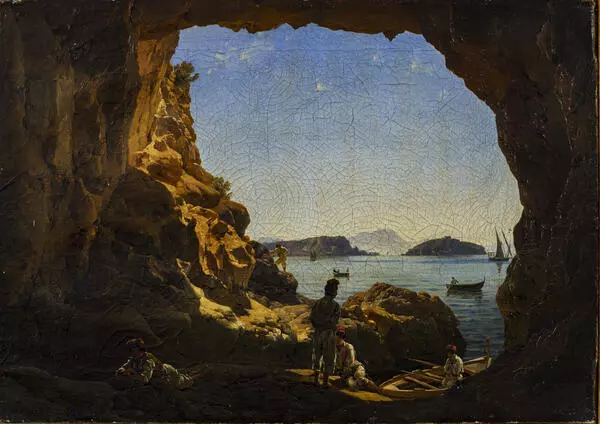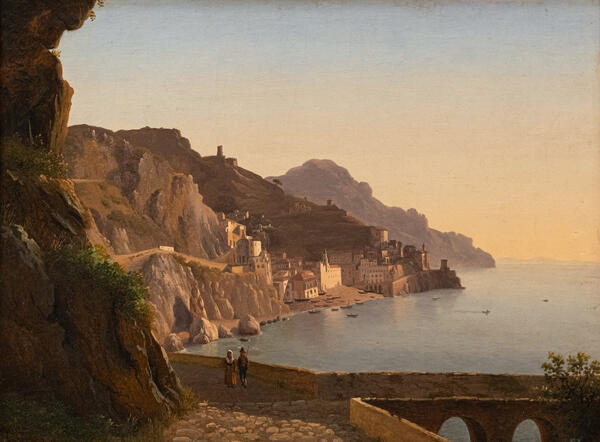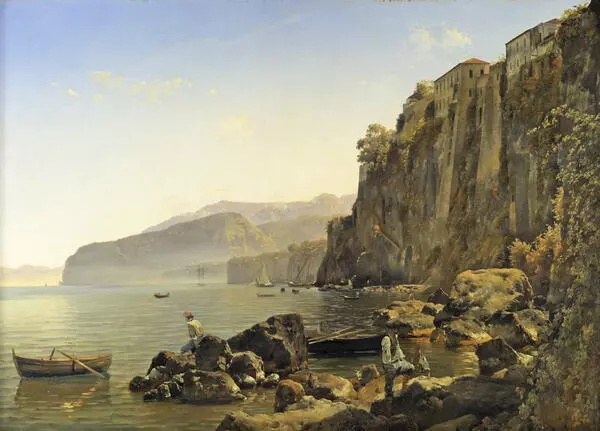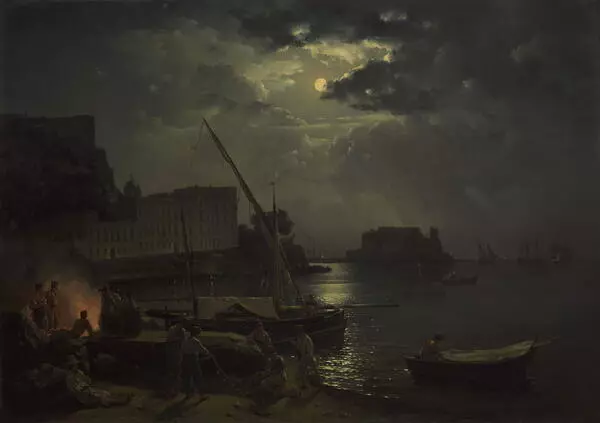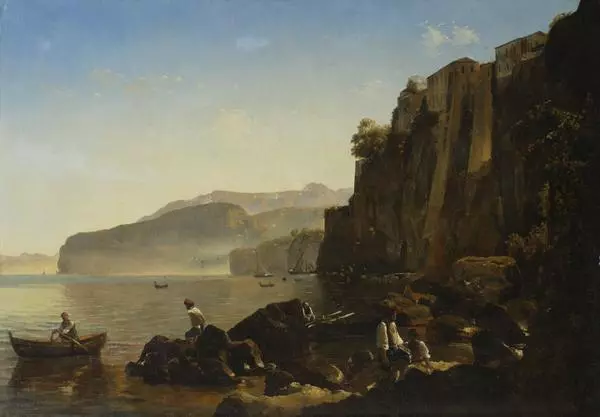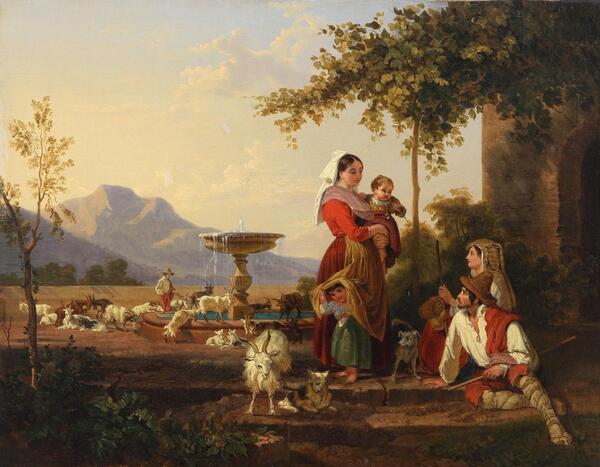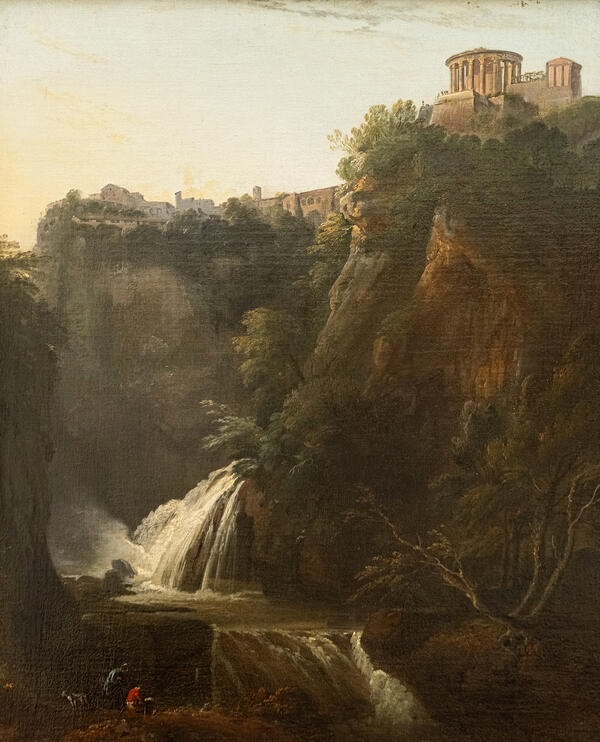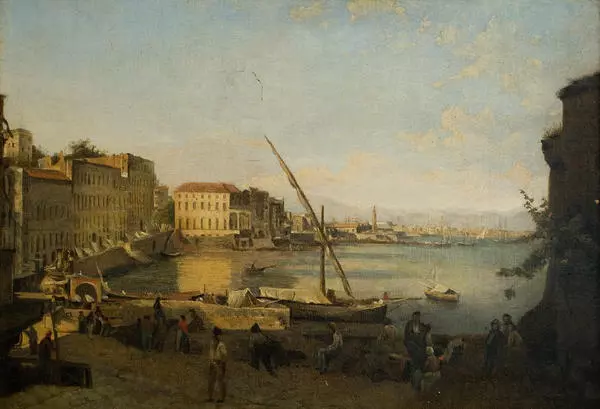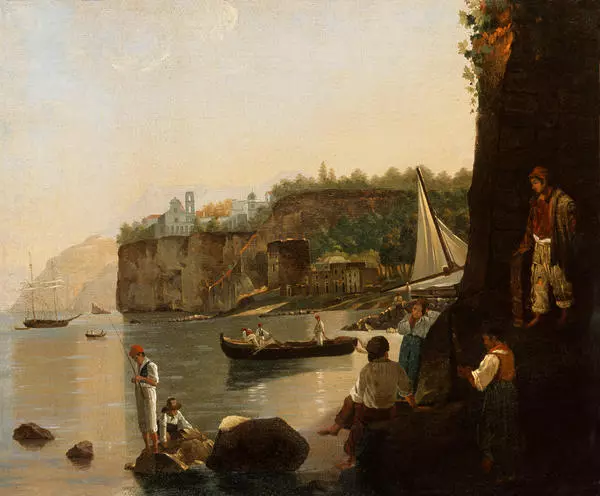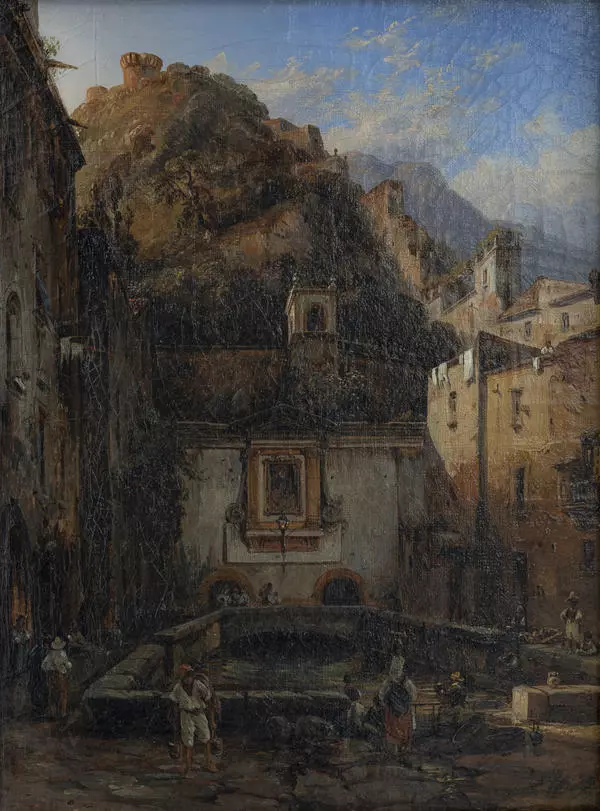Fate itself prophesied to Sylvester Shchedrin the path of an artist. He was born in Saint Petersburg in the family of a sculptor, his brother was an architect. His uncle, Semyon Shchedrin, was a landscape teacher at the Imperial Art Academy and was his first mentor. Already at the age of nine, the boy studied painting and subsequently chose the same direction. Having received a large gold medal in the exams in 1811, he was awarded a pensioner’s trip to Italy. However, the Patriotic War made its own adjustments, and the departure took place only in 1818.
Speaking about landscape painting of the first third of the 19th century, art historians distinguish two figures: Fyodor Matveev and Sylvester Shchedrin. Both artists studied with Semyon Shchedrin, both remained in Italy until the end of their lives and kept in touch. The collection of the Vasnetsov Brothers Art Museum features works by both artists. And if Fyodor Matveev worked in the genre of classicistic landscape, Sylvester Shchedrin turned a new page in this area - romantic landscape. In 1825, he finally settled in Naples and painted the surroundings of this city - Sorrento, Amalfi, Capri. His art influenced the formation of the Neapolitan school of romantic landscape, or “The Posillipo school”. Unlike his predecessor, Shchedrin painted in the open air, which was a new trend for European art. His landscapes no longer bore the role of just the image of an ideal, majestic nature, remote from man. They were filled with emotions and real life sensations.
In the presented work, the artist depicted the coast of the Italian town of Amalfi. Situated on the seaside, this town, descending steps down to the coast, was founded in the 4th century AD. In this painting, as in other works, Shchedrin made attempts to solve pictorial problems associated with the transmission of light, air, and water. Deliberately moving away from the postulates of classicism, he revived landscapes more and more. We see a real rocky landscape with a fairly accurate rendering of light and color. The image looks natural and convincing. Human figures cease to play only the role of staff figures, designed to diversify the painting. In this painting, they are Neapolitan fishermen, busy with their daily work. Their figures harmoniously fit into the surrounding landscape, giving it a picturesque authenticity. Human life proceeds here in harmony with the life of nature, they are tightly connected and inseparable from each other.
The work belongs to his best works from the Suite of Neapolitan Views. It is likely that the painting was part of the “collection” of landscapes commissioned by the Grand Duchess Elena Pavlovna at the beginning of 1829.
Speaking about landscape painting of the first third of the 19th century, art historians distinguish two figures: Fyodor Matveev and Sylvester Shchedrin. Both artists studied with Semyon Shchedrin, both remained in Italy until the end of their lives and kept in touch. The collection of the Vasnetsov Brothers Art Museum features works by both artists. And if Fyodor Matveev worked in the genre of classicistic landscape, Sylvester Shchedrin turned a new page in this area - romantic landscape. In 1825, he finally settled in Naples and painted the surroundings of this city - Sorrento, Amalfi, Capri. His art influenced the formation of the Neapolitan school of romantic landscape, or “The Posillipo school”. Unlike his predecessor, Shchedrin painted in the open air, which was a new trend for European art. His landscapes no longer bore the role of just the image of an ideal, majestic nature, remote from man. They were filled with emotions and real life sensations.
In the presented work, the artist depicted the coast of the Italian town of Amalfi. Situated on the seaside, this town, descending steps down to the coast, was founded in the 4th century AD. In this painting, as in other works, Shchedrin made attempts to solve pictorial problems associated with the transmission of light, air, and water. Deliberately moving away from the postulates of classicism, he revived landscapes more and more. We see a real rocky landscape with a fairly accurate rendering of light and color. The image looks natural and convincing. Human figures cease to play only the role of staff figures, designed to diversify the painting. In this painting, they are Neapolitan fishermen, busy with their daily work. Their figures harmoniously fit into the surrounding landscape, giving it a picturesque authenticity. Human life proceeds here in harmony with the life of nature, they are tightly connected and inseparable from each other.
The work belongs to his best works from the Suite of Neapolitan Views. It is likely that the painting was part of the “collection” of landscapes commissioned by the Grand Duchess Elena Pavlovna at the beginning of 1829.

